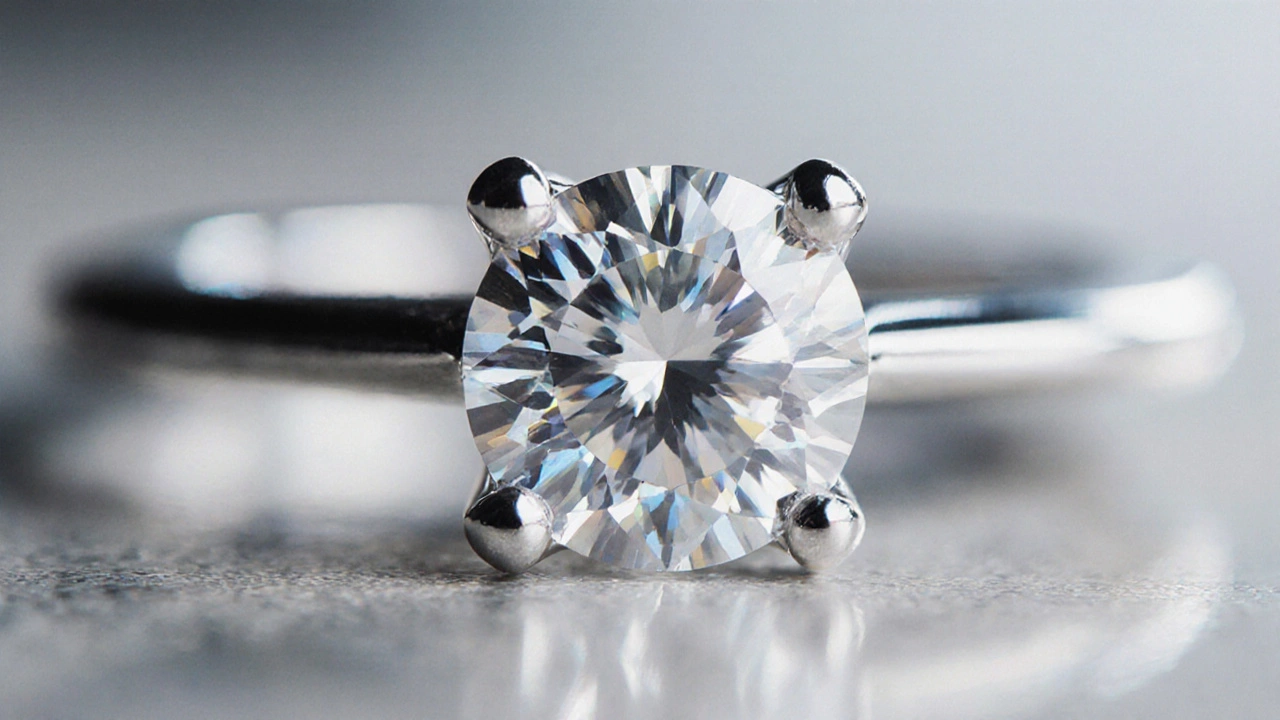3 Carat Diamond Price: What You Really Pay in 2025
When you hear 3 carat diamond price, the total cost of a diamond weighing three carats, often used in engagement rings and high-end jewelry. Also known as three-carat diamond, it's a common benchmark for luxury purchases—but what you actually pay depends on far more than just weight. A 3 carat diamond isn’t a single thing. It’s a mix of cut, color, clarity, and where it came from. Two diamonds that both weigh three carats can cost $20,000 apart. That’s not a mistake. That’s the market.
Here’s what drives the difference: natural diamonds, diamonds mined from the earth, often carrying premium pricing due to rarity and marketing history still dominate high-end listings, but lab-grown diamonds, diamonds created in controlled environments with the same physical properties as mined ones are now cutting prices by 40-60%. A 3 carat natural diamond with high clarity and color might run $35,000 to $60,000. The same size lab-grown? You’re looking at $10,000 to $18,000. That’s not a compromise. That’s a smart choice for many couples today. And it’s why posts on this site keep coming back to budgeting—because people want to know how to get the most beauty without overspending.
It’s not just about size. A poorly cut 3 carat diamond looks dull and small. A well-cut 2.5 carat can look bigger and sparkle more. Color matters too—G or H is often the sweet spot for white diamonds that look colorless to the naked eye. Clarity? SI1 or VS2 gives you eye-clean beauty without paying for flaws only a jeweler can see. And don’t forget the setting. A simple solitaire lets the diamond shine. A halo or intricate band adds cost, but also character. The real question isn’t just "How much is a 3 carat diamond?" It’s "What kind of 3 carat diamond fits my life?"
The posts below give you real examples: how much you can get for $5,000, what parents actually pay for rings, how to negotiate with jewelers, and why the old "two months’ salary" rule is outdated. No fluff. Just what people are spending, why, and what they wish they’d known sooner. Whether you’re eyeing a natural stone or going lab-grown, you’ll find clear, no-BS advice to help you make the right call.

- Oct, 30 2025
- Comments 0